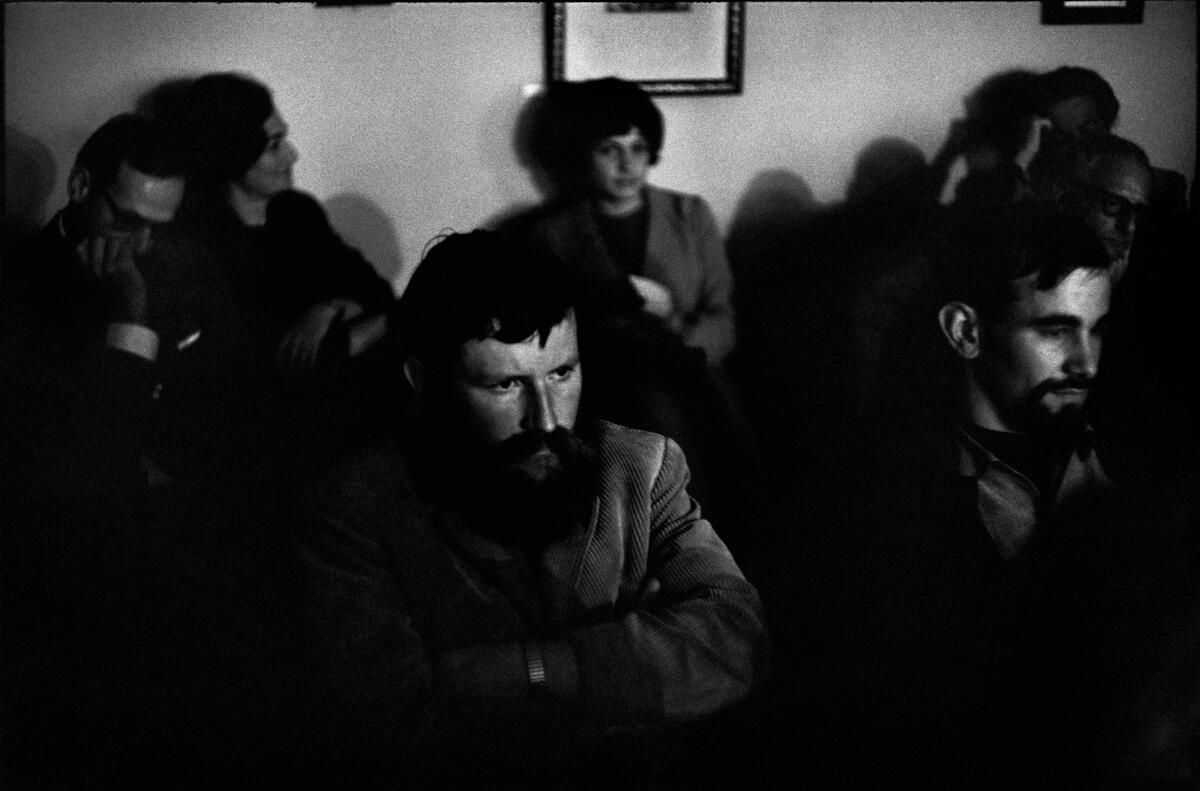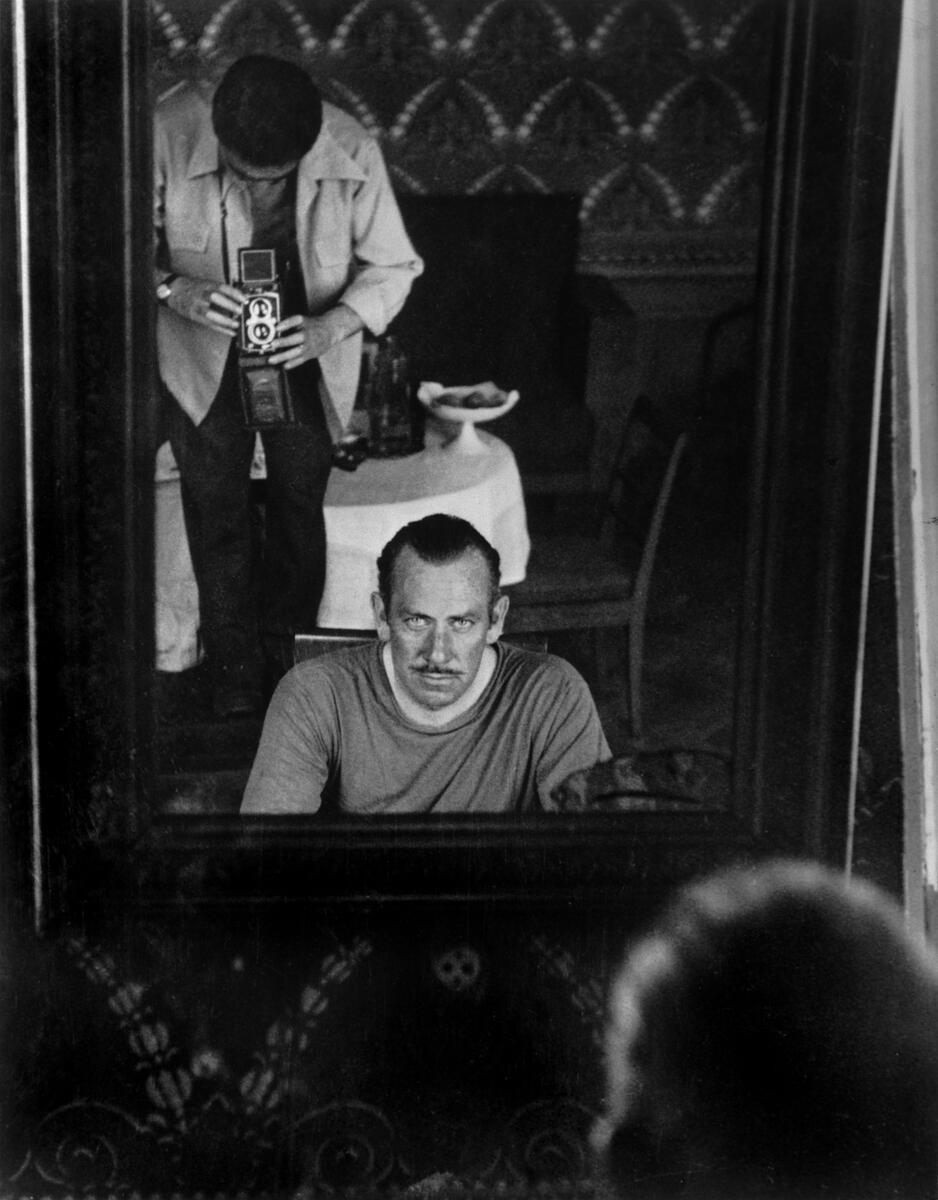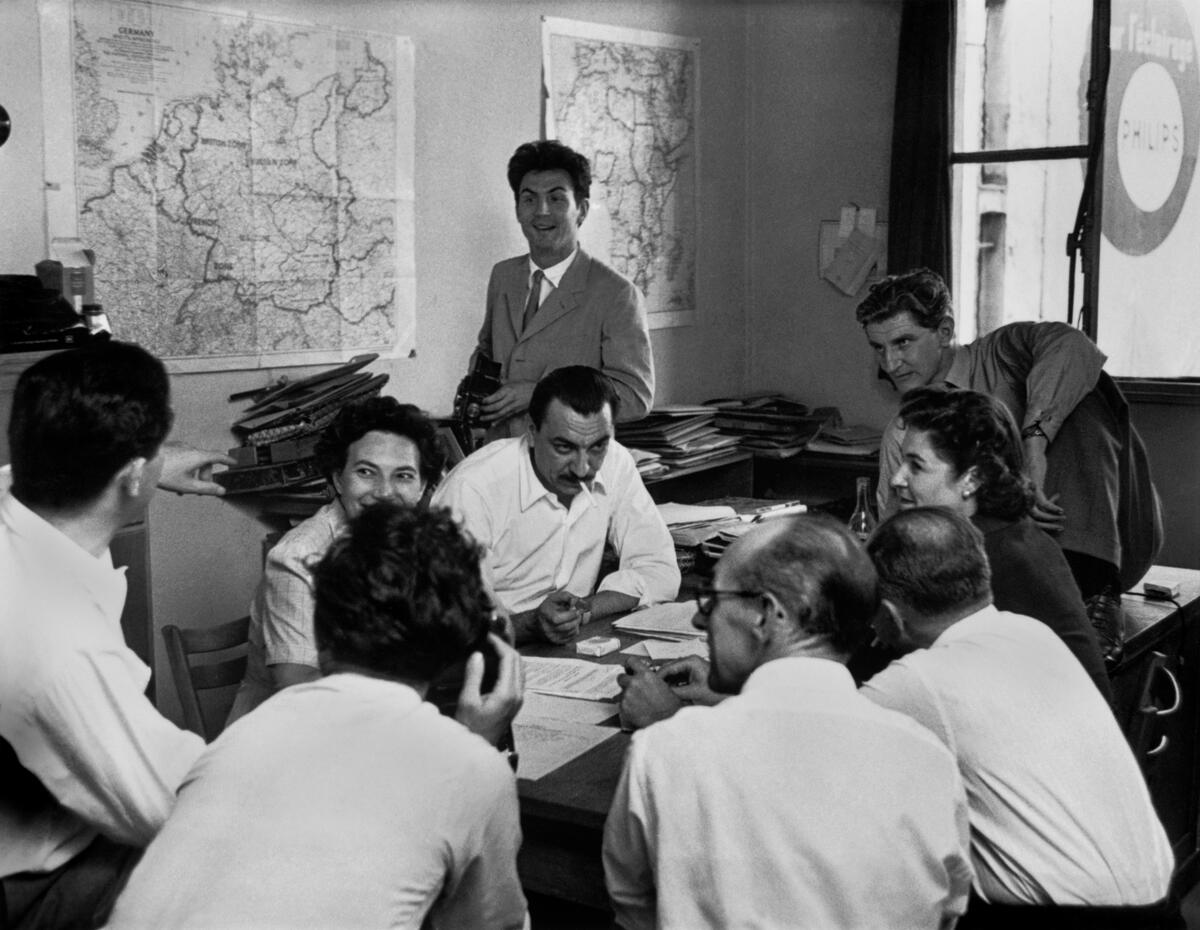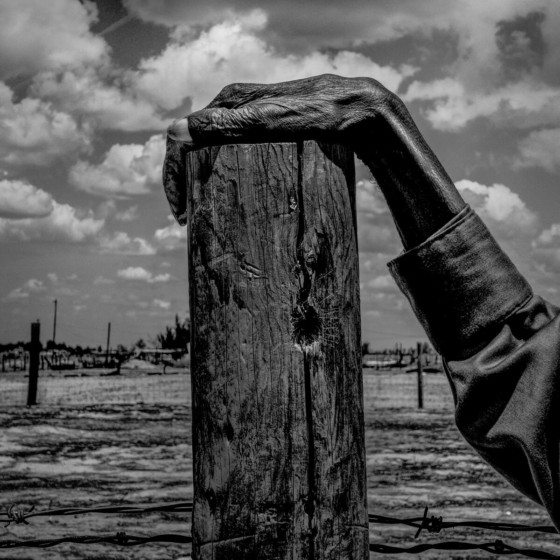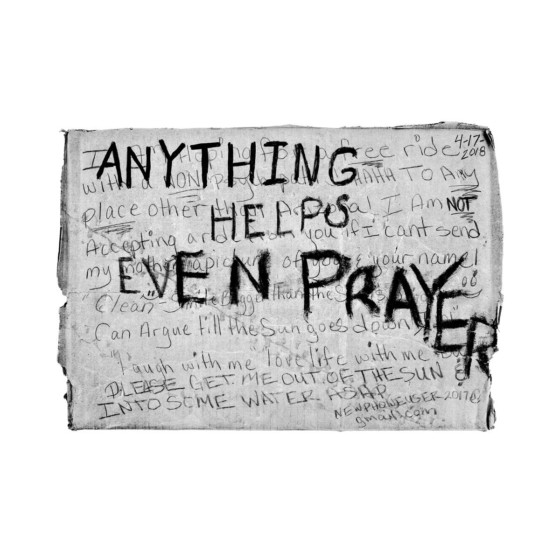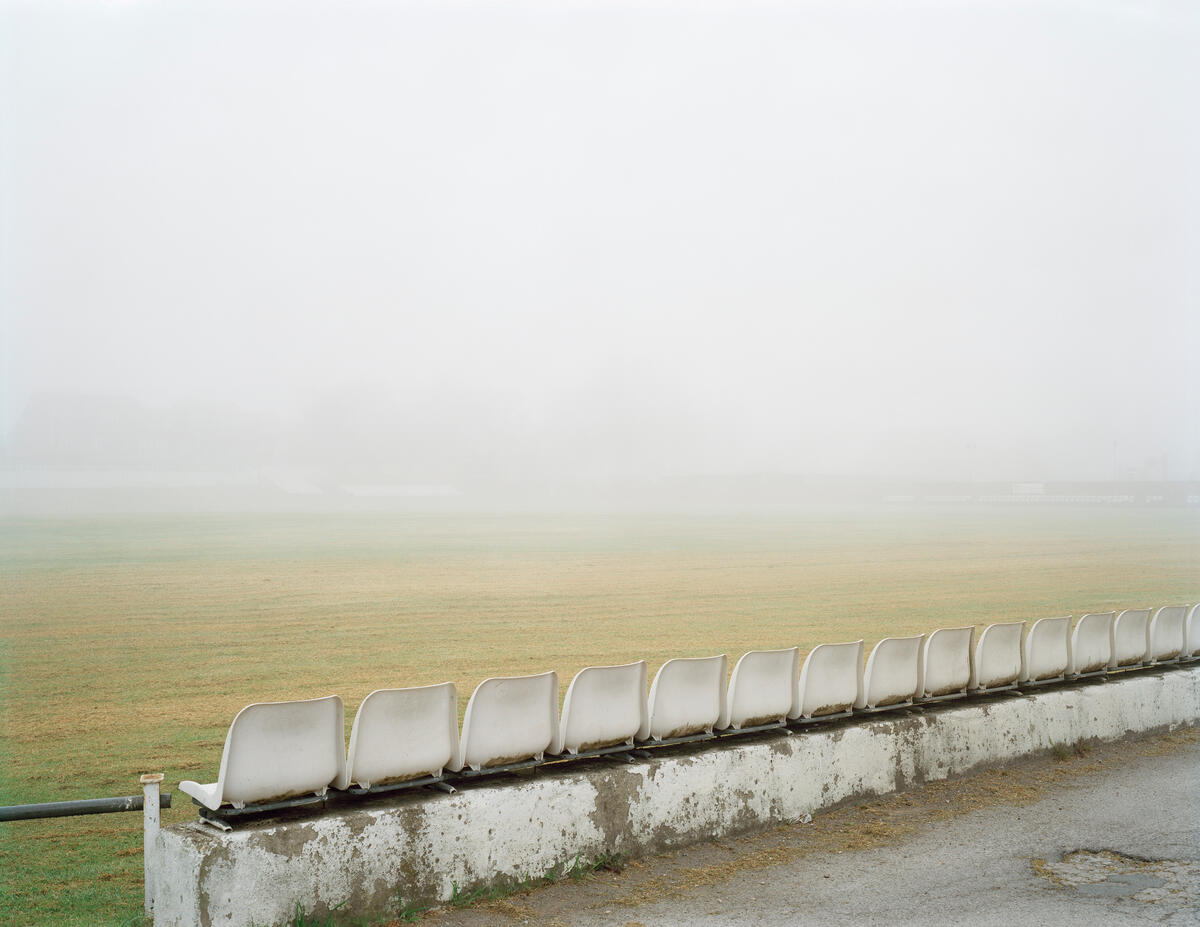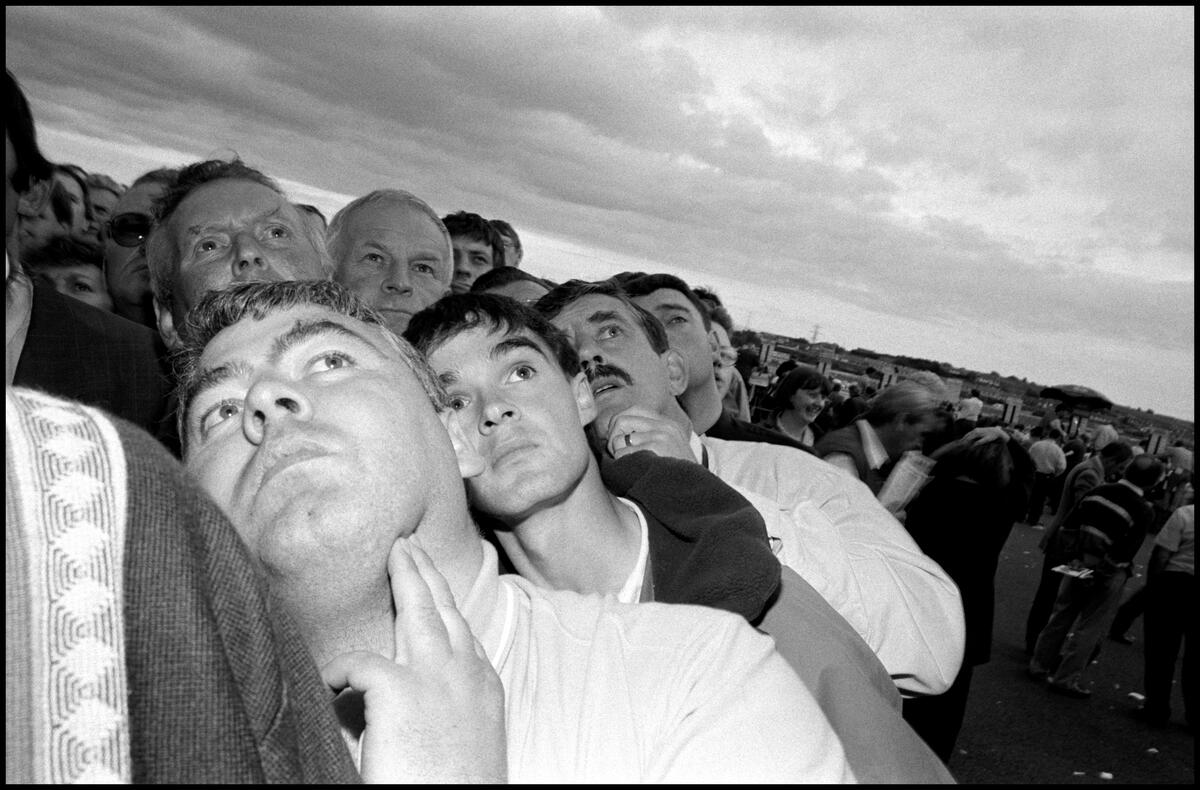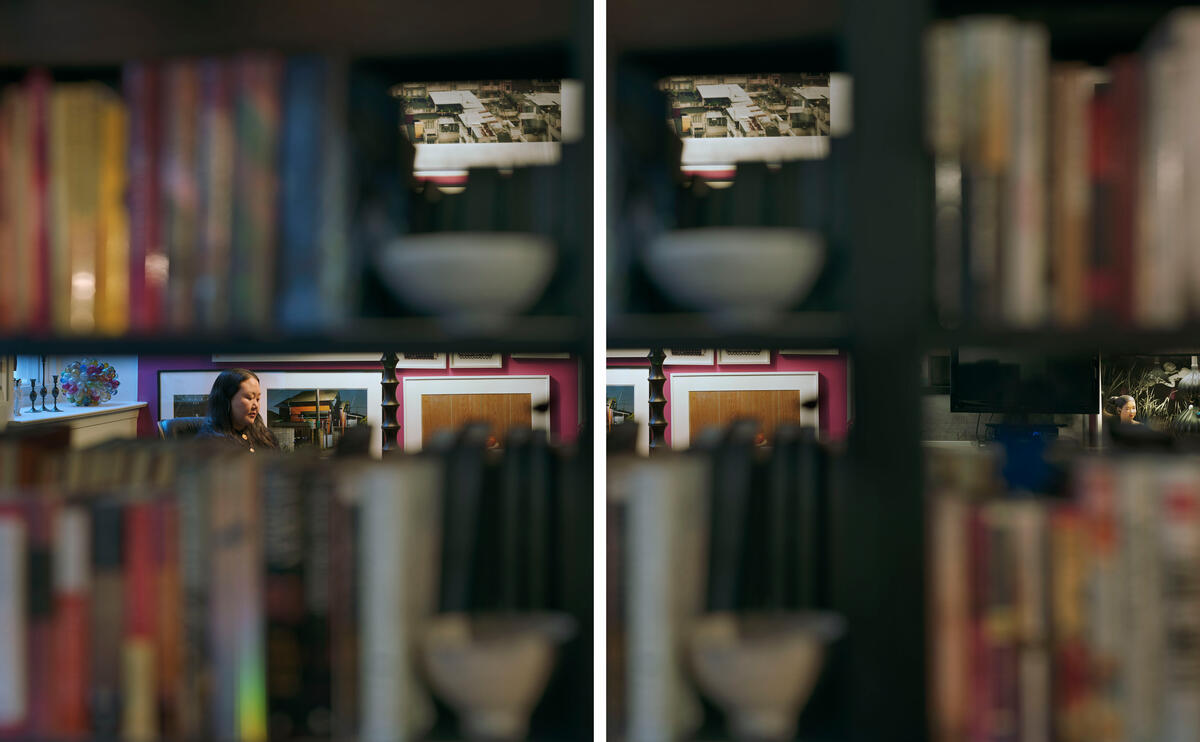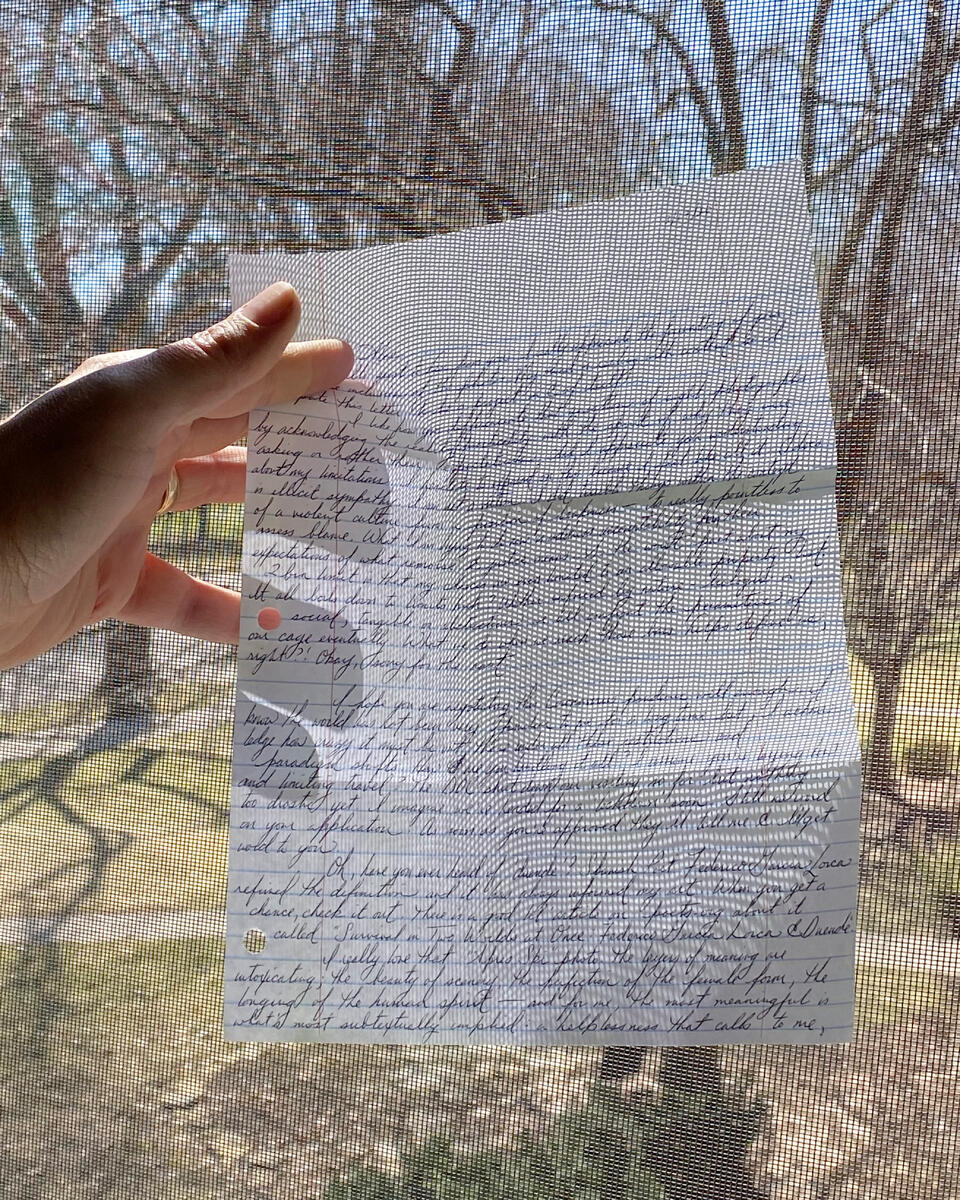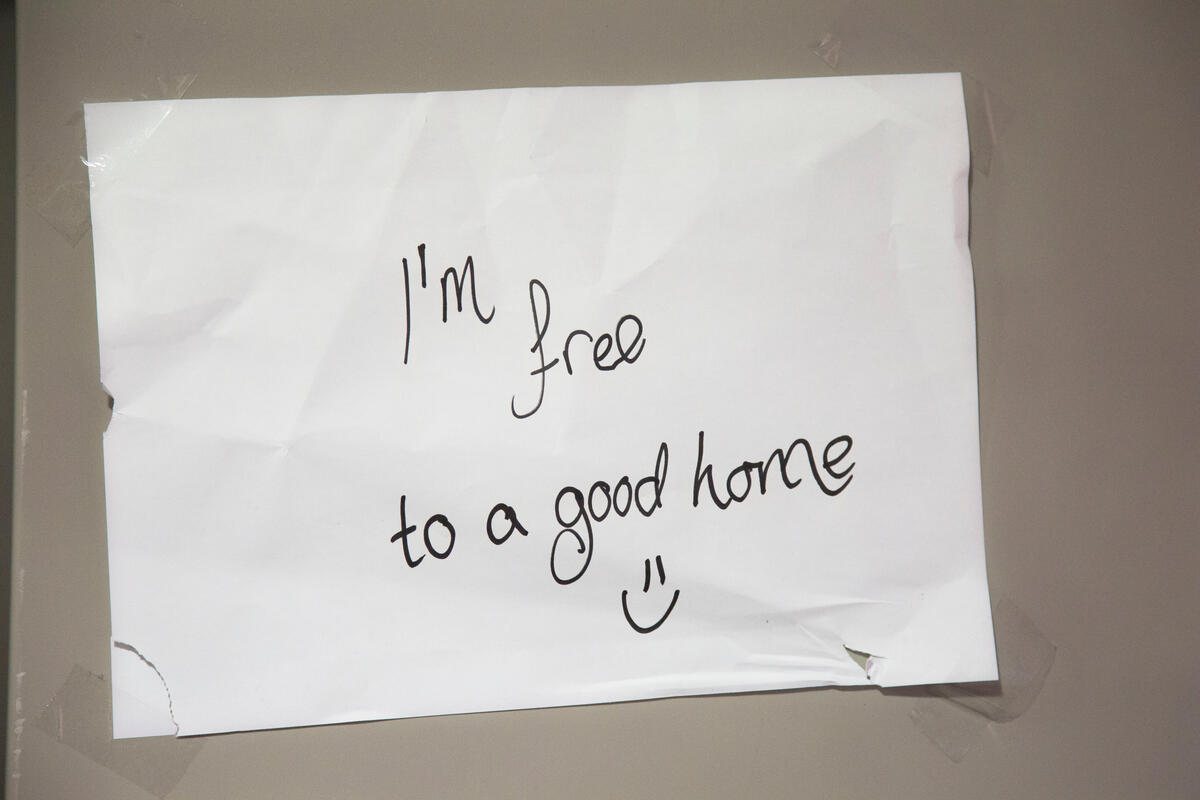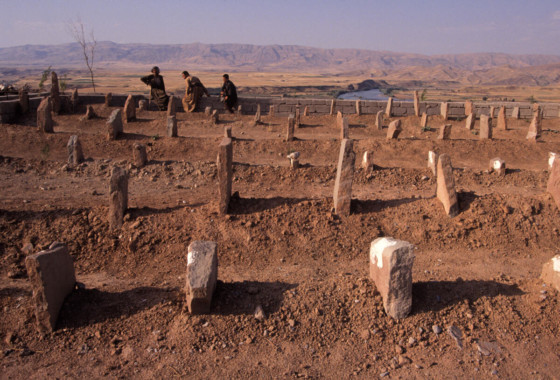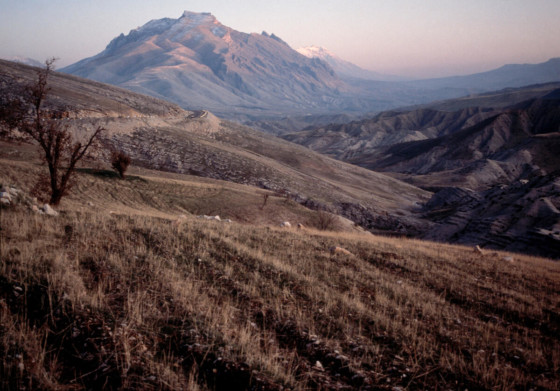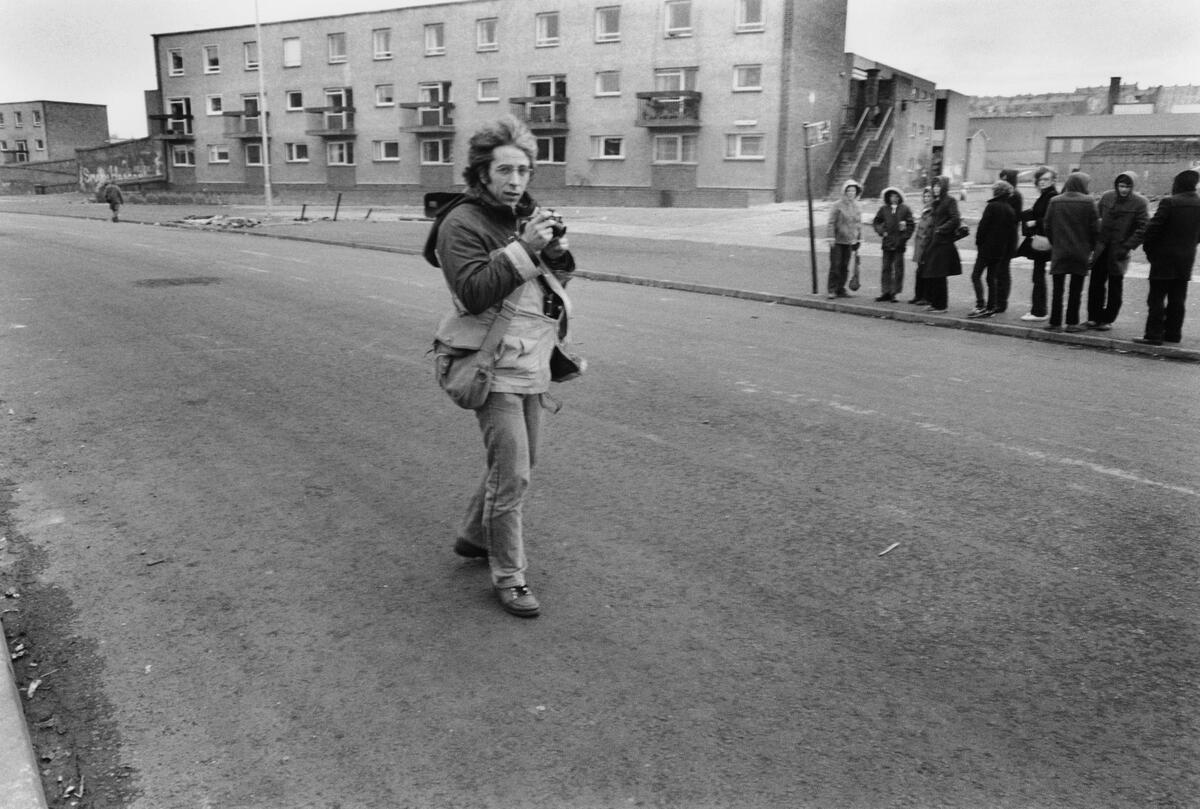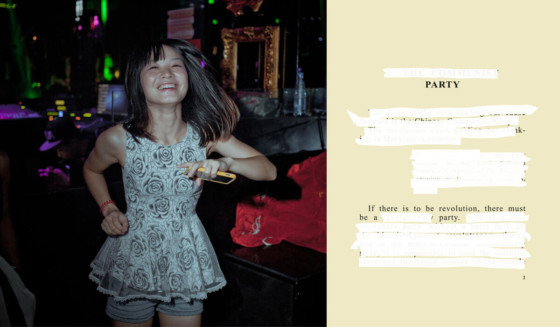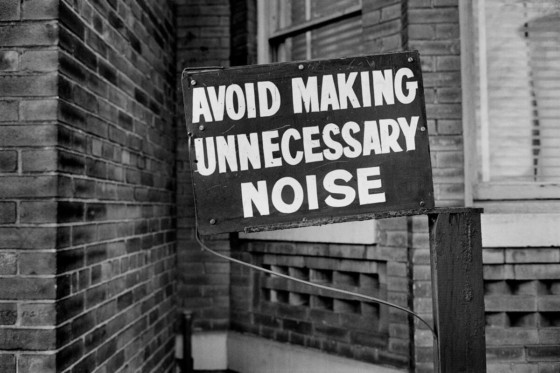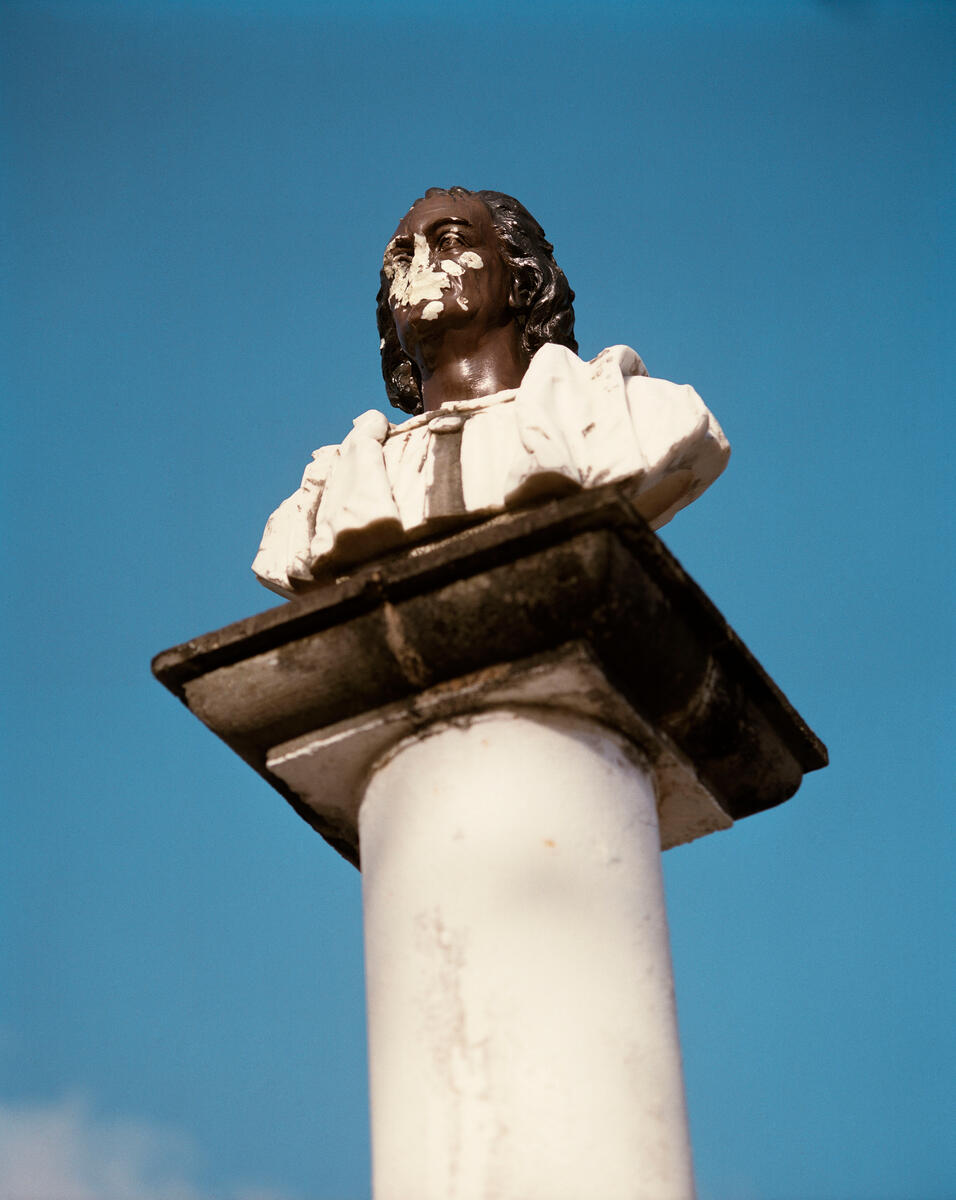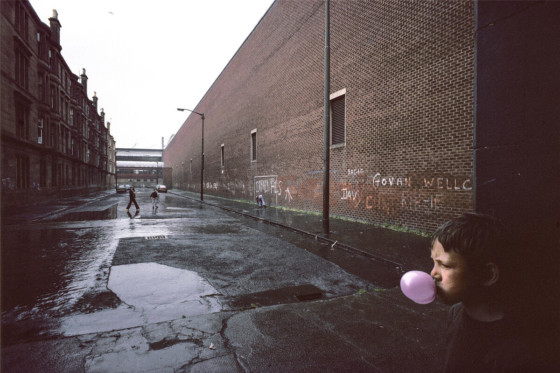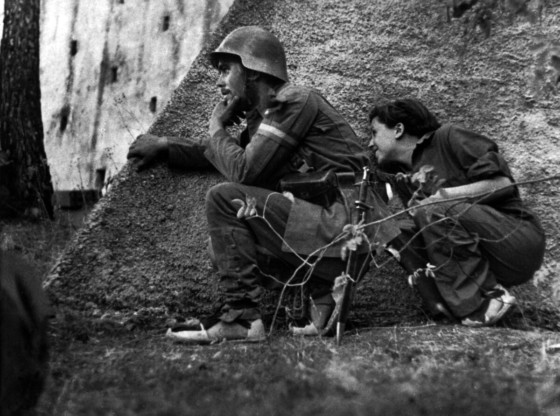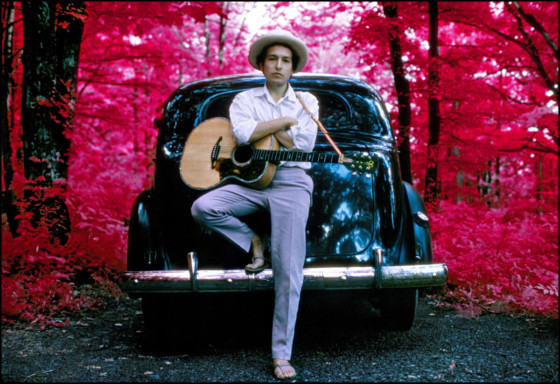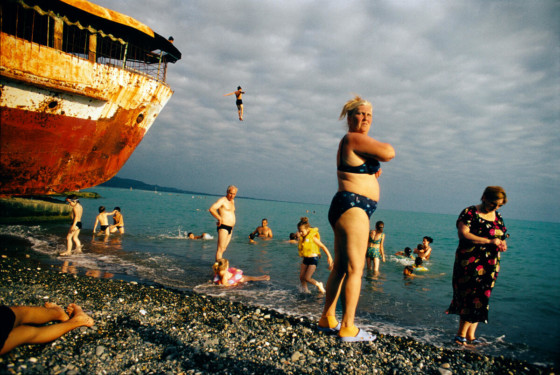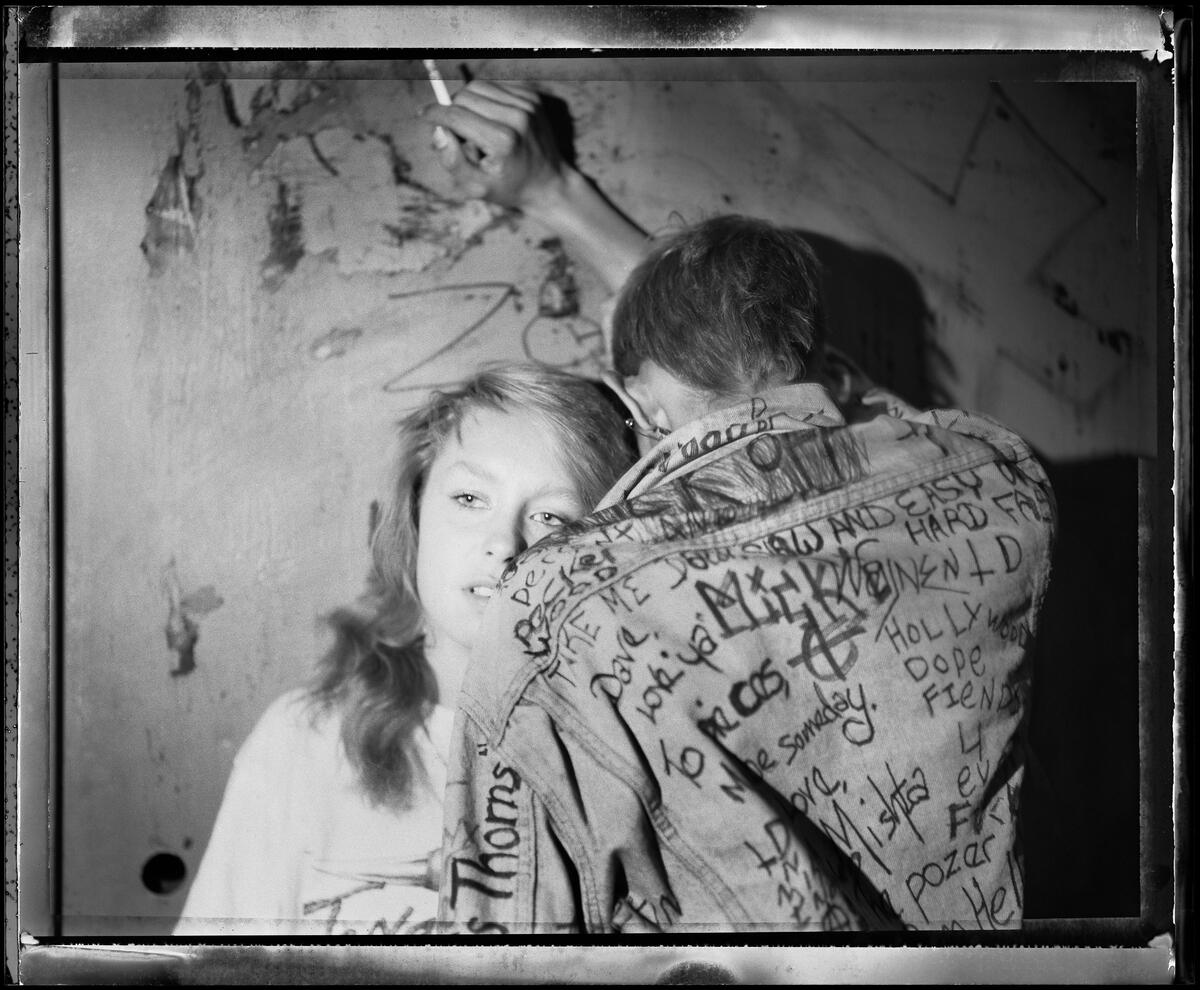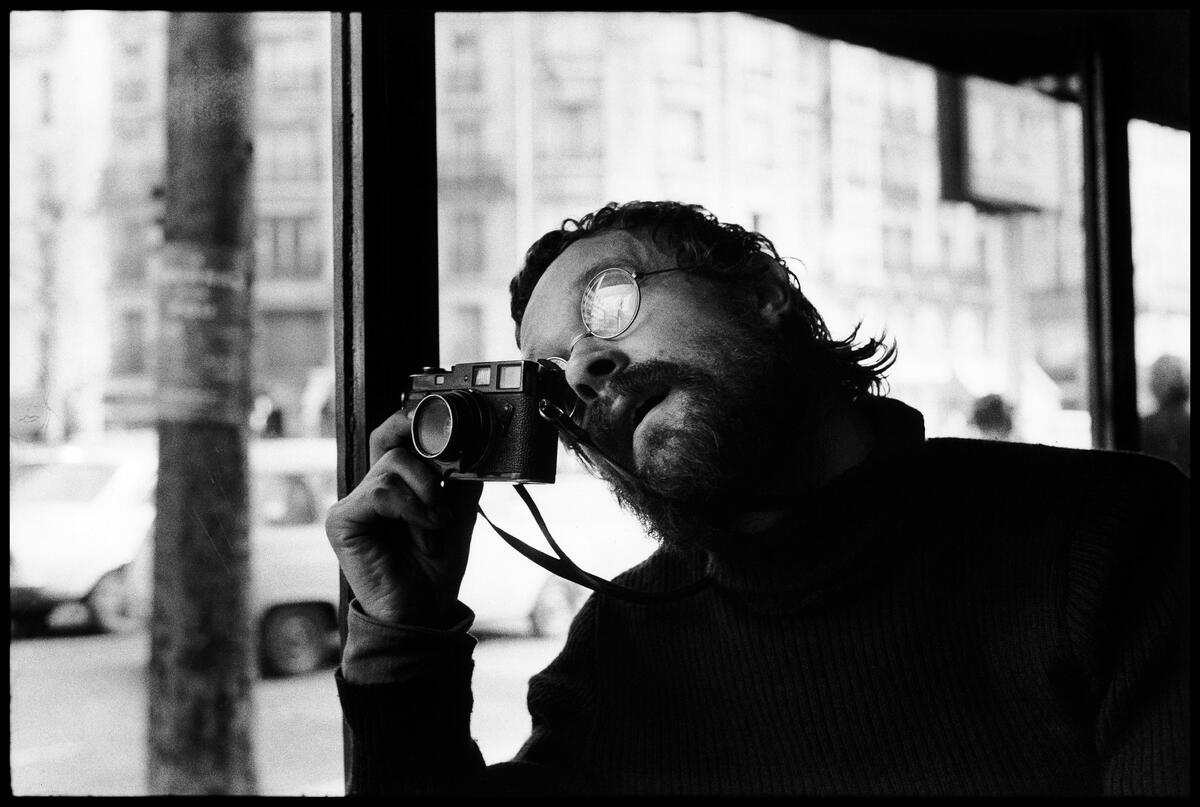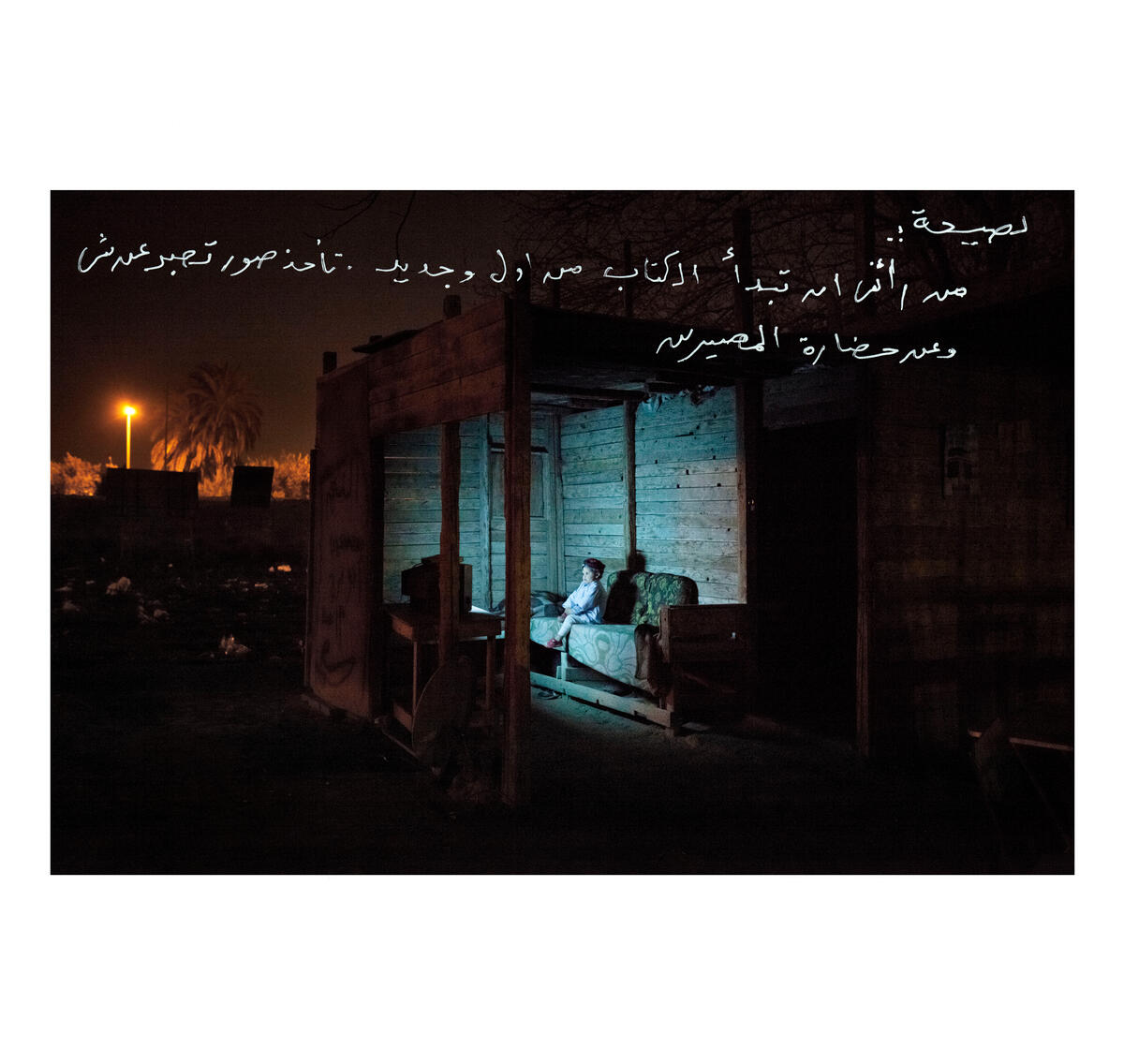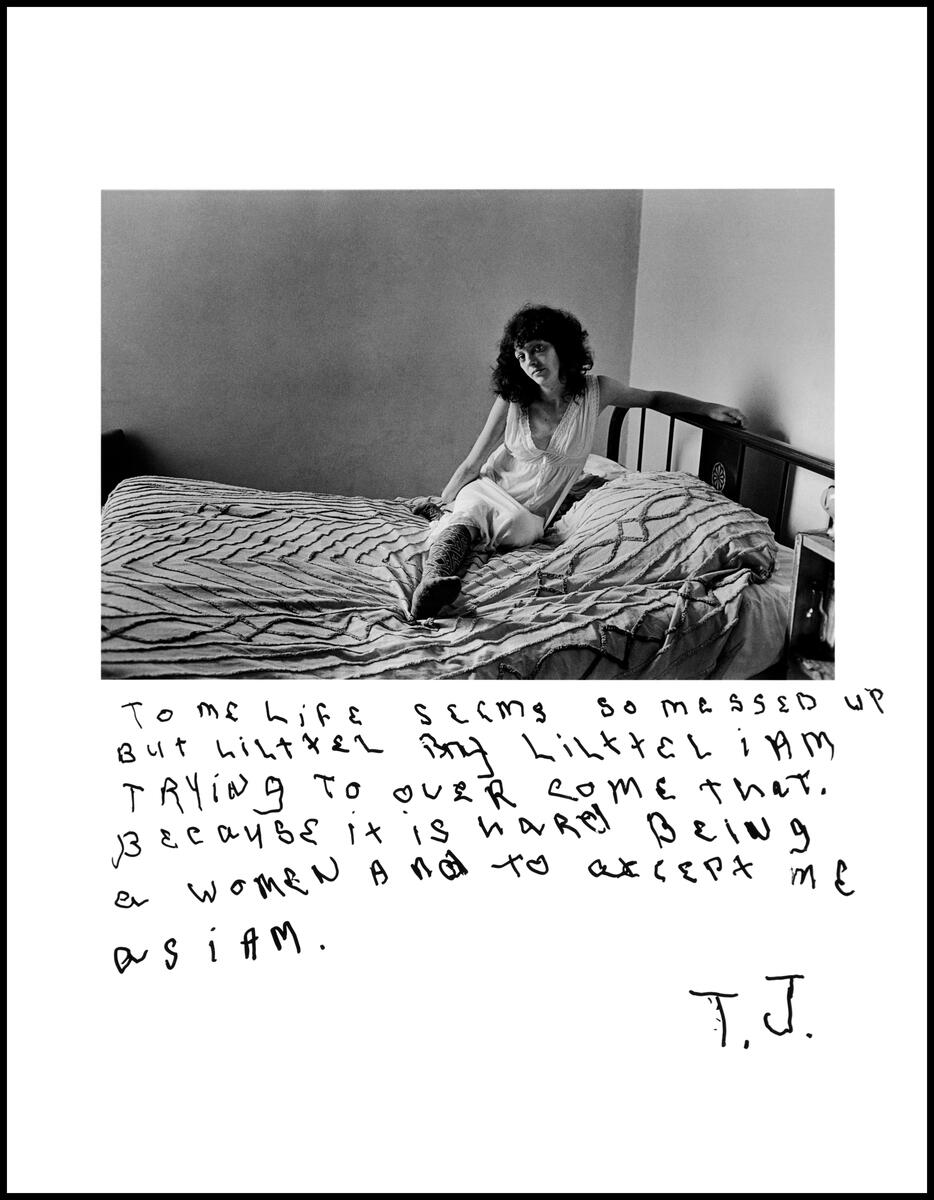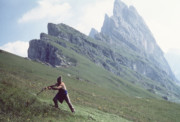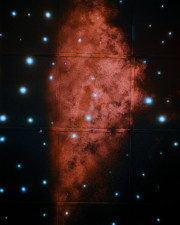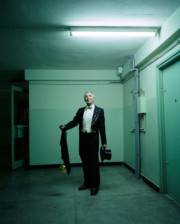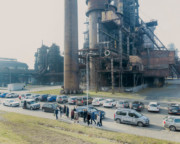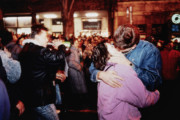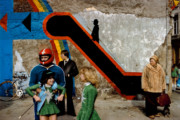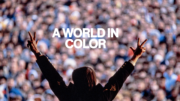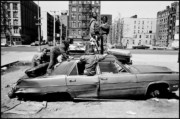Pen and Lens: Two Sides to Every Story
Ahead of this month’s Square Print Sale in partnership with Granta magazine, we explore the long-standing relationship between writers and Magnum photographers.
“Some photographs are like a Chekhov short story or a Maupassant story. They’re quick things and there’s a whole world in them.”
– Henri Cartier-Bresson
The upcoming Square Print Sale: Fable marks the first-ever collaboration with a literary partner in the sale’s 10-year history and represents its latest evolution. Pairing image and text is far from a new phenomenon for Magnum though. Since the beginning, photographers have collaborated with writers to produce memorable and impactful news stories, various photo books, projects that start in unusual ways, histories that might not be told otherwise, and work that subverts the traditional power dynamics of photography.
In the Beginning, There Was (Also) the Word
The history of Magnum photographers partnering with writers goes back to the cooperative’s establishment in 1947. Cofounder Robert Capa and author John Steinbeck captured Stalin’s USSR together for 40 days, offering a demythologizing account of everyday life there during the start of the Cold War. Through a combination of word and image, the resulting book, A Russian Journal, detailed their journey through then-Soviet Moscow, Kiev, Stalingrad and Georgia between July 31 and mid-September of that year. Seventy years later, Thomas Dworzak and former long-serving war correspondent Julius Straus followed in Capa and Steinbeck’s footsteps.
Much of photojournalism’s “golden era” coincided with the agency’s first 25 years. In 1948, LIFE magazine published the landmark photo essay “Country Doctor” by W. Eugene Smith that essentially redefined the genre. Nearly every prominent magazine and newspaper published written stories anchored by photographs from members of Magnum at one time or another though — a trend that continues today in a vastly different media landscape.
Beyond News Media
While photojournalism is still core to Magnum’s identity, the collective’s members work with writers of every kind, and always have. In photobooks, for example, which Martin Parr has called the “supreme platform to disseminate work,” there are myriad ways to integrate text, from introductions, essays, captions, and afterwords, to more thorough creative partnerships with writers throughout the projects. Recently, Myriam Boulos’s book What’s Ours featured a contextual essay by noted journalist and social commentator Mona Eltahawy.
In 2015, Matt Black released a newsprint called The Geography of Poverty, which begins with a short, incisive introduction by author and Economic Hardship Reporting Project (EHRP) founder Barbara Ehrenreich. The newsprint also quotes people whose portraits appear on its pages. This project set the groundwork for his 2021 book American Geography, which contains Black’s photography, including hundreds of signs written by unhoused people, as well as his own journal entries from the more-than-100,000-mile trek capturing unseen, forgotten, and neglected parts of the US.
Other times, images and text develop together. Such is the case in 2016’s Destroying the Laboratory for the Sake of the Experiment (DTLFTSOTE) where Mark Power and poet Daniel Cockrill traveled together across England over the course of four years, observing, photographing, and writing poems about many of the same subjects — offering glimpses of what was to come with Brexit. After reading Dermot Healey’s 1994 novel A Goat’s Song, Bruce Gilden chose the author to write a short story for After the Off, his 1999 photobook on the strangeness of Irish horse racing. Gilden has referred to Healey as “The Irish version of me.”
Expanding the Spirit of Collaboration
Where visual and written media intersect is sometimes less straightforward. No stranger to literature and poetry, Alec Soth’s I Know How Furiously Your Heart is Beating takes its title from a line in Wallace Stevens’s “The Gray Room” and concludes with a conversation with A Little Life author, Hanya Yanagihara. Several of Soth’s works integrate image and text, including his collaborations with writer Brad Zellar such as House of Coates and the LBM Dispatches. Beyond his own photographic practice, Soth also edited and published Iris Garden, which combines 22 of composer John Cage’s stories with 44 of William Gedney’s photographs — an exercise Cage would’ve certainly delighted in.
Collaborations can start anywhere and mean a great deal to the people involved. In January 2020, Christopher Fausto Cabrera, a writer incarcerated at the Minnesota Correctional Facility in Rush City, sent a letter to Soth hoping to connect as artists. The resulting book is a collection of their shared letters and photographs called The Parameters of Our Cage. Through the work of The Minnesota Prison Writing Workshop and others, Cabrera’s sentence was commuted at the end of 2023.
Themes of absence, confinement, and freedom resonate strongly with photographers and writers, but often just as much, if not more, for the people they work with in the field. A Room of Their Own, inspired in part by Virginia Woolf’s essay “A Room of One’s Own,” is a collaborative project by Susan Meiselas. In 2016, Multistory invited Meiselas to the Black Country in the West Midlands, UK. The resulting book weaves together Meiselas’s photographs, firsthand testimonies, and original artworks from women in refuge. Through workshops, these women worked with Meiselas, along with an illustrator and writer, to explore their experiences of domestic abuse, the transition to collective life alone or with their children at a refuge, and eventual resettlement in their homes.
Making History
Often, it’s through visual and textual work that histories are formed, told, and remembered. Meiselas frequently uses image and text in her work, one of the most powerful examples is 1997’s Kurdistan: In the Shadow of History, which employs not only Meiselas’s photography but the words and images of a wide range of people — from administrators, missionaries, and soldiers, to anthropologists, travelers, journalists, and of course, Kurdish homeland communities and Kurdish Diaspora. Christopher Hitchens, concluding his review in the Los Angeles Times, said, “This book is everything that scholarship and journalism and humanism ought to aspire to be. I have spent a scribbling life in the service of the disputed proposition that one well-chosen word is worth 1,000 pictures, but I have to concede, in the face of Meiselas, that my words can do no more than point you at her photographs.”
In 1975, 20 years before he would win the Nobel Prize for Literature, poet Seamus Heaney, published a collection of poems called North. The book was his first directly confronting the Troubles in Northern Ireland.
One of its poems now shares a title with a project that began 52 years ago, when the photographer was just 26. Gilles Peress’s Whatever You Say, Say Nothing, is a sprawling three-volume work of documentary fiction released in 2021. One of the volumes, Annals of the North, is a text-and-image almanac meant that accompanies the two photobooks. Authored by Peress along with writer and lawyer Chris Klatell, the book combines essays, stories, photographs, documents and testimonies emerging from the conflict in Northern Ireland.
Peress’s 1983 book, Telex Iran, features images along with Telexed messages (text messages exchanged through a public-switched telephone network or private lines that fell out of use with the advent of fax and email) between Peress and Magnum staff, along with an essay by Gholam-Hossein Sa’edi. The messages and images emerged from a five-week period during 1979–1980, focusing on the seizure of the American embassy and several hostages in Tehran by student proxy groups of the new Iranian regime.
Inspired by Text
Found text consistently proves to be fertile ground for Magnum photographers and their work. Through erasure poetry, Cristina de Middel’s 2014 Party. Quotations from Chairman Mao Tse-Tung radically repurposes Mao’s “little red book.” By whiting out and altering sections of the text and pairing them with photographs from her time in China, she created diptychs on each spread. In his recent book, Selected Writings, Richard Kalvar finds irony and tenderness in the many forms of written word visible in public spaces.
In Gregory Halpern’s 2020 project, Let the Sun Beheaded Be, he focuses on the Caribbean archipelago of Guadeloupe and draws inspiration from the Martinican poet Aimé Césaire for its title and the images throughout. The accompanying text by Clément Chéroux wrestles with Guadeloupe’s colonial history in relation to the French Revolution, Surrealism, and the work of Césaire.
Inspired by Image
Some writer-photographer relationships are indirect and decades apart like Raymond Depardon’s images of 1980s Glasgow that helped inspire Douglas Stuart’s Booker Prize winning book, Shuggie Bain from 2020. Other written work emerged not so much from the photography, but from the lives of photographers themselves. Robert Capa and Gerda Taro’s partnership, in work and life, motivated alt-J to write the 2012 song “Taro.” The song’s lyrics tell the story of Capa’s death in May 1954 and his reunion with Taro, who died in July 1937. She is considered the first woman photojournalist killed while covering the frontline in a war. “Doors open like arms, my love / Painless with a great closeness / To Capa, to Capa, Capa dark after nothing / Reunited with his leg / And with you, Taro…”
This past year, Bob Dylan, a longtime Magnum collaborator known for his distinct songwriting, released a short film featuring 79 photographs from 25 Magnum photographers to accompany a previously unreleased version of his classic 1997 track, “Not Dark Yet.” Another songwriter, Tyler, the Creator, produced and wrote the song “Who Dat Boy” from his album Flower Boy after seeing a 2005 photo from the coast of Georgia’s Black Sea shot by Jonas Bendiksen.
Polaroid Stories by Naomi Iizuka, a stage play adapted from Ovid’s Metamorphosis, was inspired by Jim Goldberg’s Raised by Wolves. The 1995 book features interviews, found documents, drawings, and handwritten text from the people he photographed. The play’s plot and structure assume the form of the epic poem, blending the real-life stories and images of street kids with the themes and characters of Greek mythology — further illustrating the timeless storytelling at humanity’s core.
More Than Work
Other writer-photographer partnerships take part in and transcend the professional world, as in those between life partners like Inge Morath and literary icon Arthur Miller. Their books together include In Russia, In the Country, and Chinese Encounters. A contemporary pair is Alex Webb and poet-photographer Rebecca Norris-Webb, who, during Covid lockdown in Cape Cod, created one of their many books together, Waves — inspired by Virginia Woolf’s novel The Waves. Webb’s solo projects show strong literary ties too, including La Calle, titled after Octavio Paz’s poem and featuring five Mexican writers discussing streets from their childhoods, and The Suffering of Light, titled after a Johann Wolfgang Von Goethe quote: “Colors are the deeds and suffering of light.”
Many biographical and autobiographical works about Magnum photographers have been published in the agency’s 77-year history, some derived from remarkable closeness between writers and photographers. One recent standout is esteemed staff member and writer Inge Bondi’s Ernst Haas: Letters & Stories. The book provides an intimate look into the life of her close friend and colleague Ernst Haas, whom she first met in New York’s Magnum offices in 1951. New from Aperture, Josef Koudelka: Next: A Visual Biography by Melissa Harris reads as a thorough and deeply collaborative book, with Koudelka’s presence felt on every page. And it should feel that way — Harris conducted hundreds of hours of interviews with Koudelka over nearly 10 years, read his many scrapbook-style journals containing text in at least four languages, and has ongoing conversations with his friends, family, colleagues, and collaborators around the world.
Whose Words?
Collaboration isn’t always part of the original plan for a project. Starting in 2011, Bieke Depoorter regularly traveled to Egypt during the uprisings, often spending nights in the homes of people she met by chance. When making a dummy of her book, she felt hyper-conscious of her role as an outsider in the story. Instead of publishing, she returned to Egypt in 2017 and asked the people there to reflect on the work — directly. Providing prints of her work, she asked people she hadn’t photographed to respond to the images. People from a range of backgrounds wrote on the prints, engaging with one another in Arabic and slowly covering the original picture. Depoorter’s book with the Egyptian people, As It May Be, was released in 2018.
Jim Goldberg’s projects often come together through a dynamic interplay of image and text, with some challenging standard notions of authorship. His first photobook, Rich and Poor, engages with residents of San Francisco by looking at how people speak about wealth and poverty. After shooting in some of the city’s transient hotels, Goldberg would return to give small prints of his work as a way to thank the people he photographed. Enjoying how they would react to seeing themselves on paper, he asked them to write down what they were feeling in the white space around the images and encouraged them to use their own words to describe their experience. The people he photographed, through their own handwriting, offered an intimacy the image alone could not.
What’s Next?
At the end of this month, Magnum adds a new panel to the long, rich tapestry of text-image collaborations with three creative writers crafting stories and poems inspired by 85 photographs. Fable, the 10-year anniversary Square Print Sale, in partnership with Granta magazine, celebrates storytellers and how they come together. The sale will run from April 29 to May 5, 2024.


